Great Design Plant: Oakleaf Hydrangea
Consider this full, flowering shrub for year-round beauty in the garden as you plan your fall plantings
When you think of hydrangeas, you likely imagine blue or pink snowball-shape blooms. However, there's another type of hydrangea you may be missing out on, and it's a stunner. The oakleaf hydrangea blooms with large white panicles for most of the summer, and the large leaves have a shape similar to those of the oak tree. Even before the white flowers bloom and after, their large spires add texture and interest to the landscape. The plant is a large shrub that's native to the southeastern United States, grows quickly and has a more natural woodland look than its ornamental relatives.
Distinguishing traits. The showy white racemes have a spire shape and are full of delicate white flowers. They grow anywhere from 4 to 12 inches long.
The leaves are large and shaped like oak leaves (hence the name; oakleaf hydrangeas are not related to oak trees). In the fall they change into a range of rich colors, including red, bronze, burgundy and purple.
The leaves are large and shaped like oak leaves (hence the name; oakleaf hydrangeas are not related to oak trees). In the fall they change into a range of rich colors, including red, bronze, burgundy and purple.
Before full bloom, the light green spires add structural and textural interest; after the peak bloom, the flowers fade from white to purplish-brown and pinkish-brown hues, hanging on until fall. These make them a popular dried-flower choice.
How to use it. These shrubs tend to get away from you in size, so if you are planting close to a house, make sure they won't be covering too much of your windows at full height. They are wonderful for massing, for loose woodland border hedges and woodland gardens.
The shrub is deciduous, but as it ages its bark peels back and reveals rich brown tones, adding winter interest.
The shrub is deciduous, but as it ages its bark peels back and reveals rich brown tones, adding winter interest.
Planting notes. Plant oakleaf hydrangeas in the fall, late spring or early summer. The most important aspect of the soil is that it is well drained and fertile. While these are native understory woodland plants, they can tolerate lots of sunlight in the north and require only partial shade in the south (for best results, find afternoon shade for them in the south). If you are in zone 5, wrap your newly planted oakleaf hydrangeas in burlap for the winter.
1. Dig a hole three times the circumference of the container and about the same height as the container. Remove the plant gently.
2. Add enough soil to hold the plant in place, fill the hole with water and let the plant absorb the water. If your soil seems too dense and heavy, add tree-bark mulch to the mix. Fill in the rest of the hole with soil and tamp it down.
3. Add mulch atop the soil to keep in the moisture, spreading it all around the planting area without letting it touch the base. Water it but be sure not to overwater. You don't want this area to remain soggy, just consistently moist.
More:
See more guides to great design plants
1. Dig a hole three times the circumference of the container and about the same height as the container. Remove the plant gently.
2. Add enough soil to hold the plant in place, fill the hole with water and let the plant absorb the water. If your soil seems too dense and heavy, add tree-bark mulch to the mix. Fill in the rest of the hole with soil and tamp it down.
3. Add mulch atop the soil to keep in the moisture, spreading it all around the planting area without letting it touch the base. Water it but be sure not to overwater. You don't want this area to remain soggy, just consistently moist.
More:
See more guides to great design plants

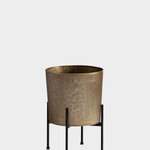










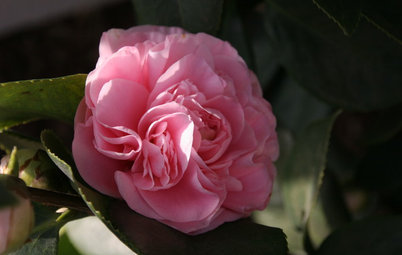




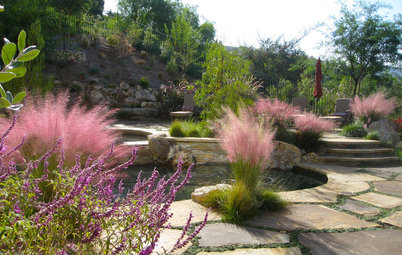
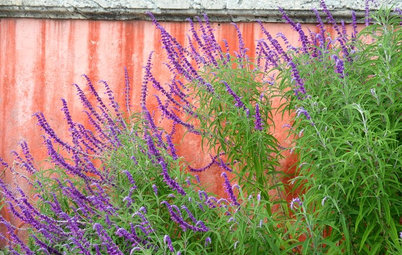



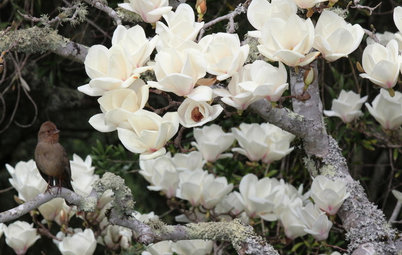









Common name: Oakleaf hydrangea
USDA zones: 5 to 9
Water requirement: Medium
Light requirement: Grows in sun or shade; more sun is recommended in the northern zones, while afternoon shade is ideal in southern zones.
Mature size: 4 to 8 feet high and 10 to 12 feet wide, depending on variety
Tolerances: Requires fertile, well-drained soil to avoid root rot. In zone 5, wrap newly planted shrubs in burlap for the winter.
Seasonal interest: This shrub has year-round interest, with large leaves, long-lasting blooms, fall color and exfoliating rich brown winter bark.
Best time to plant: Fall or early summer